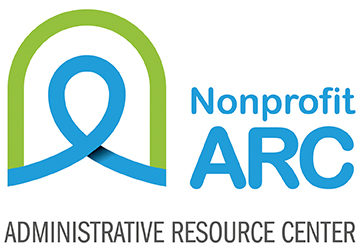This final installment in our three-part series looks to our surroundings as an important contributor to organization culture. The impact of environment is actually a little trickier to zero in on – a little less obvious perhaps – than things like getting information in a timely and usable way (communication), or having interpersonal harmony with colleagues or supervisors (conduct). It is no less relevant, though, and because it is subtle and simultaneously pervasive it is worthy of our attention. It…
This second installment in a three-part series explores the role of behavior, particularly that of leaders, in influencing an organization’s culture, Leaders’ conduct sends a powerful message about expectations, norms and acceptance. Conduct, along with communication and environment, is an observable and palpable component of employee (and other constituent) experience. The term “conduct” covers a lot of interpersonal ground – varied actions, circumstances and personalities. For this discussion, we narrow the scope of the conversation to focus on those…
In this three-part series, we explore the building blocks of culture and provoke thinking around leadership’s role in cultivating an engaging workplace. Culture is a critical yet difficult-to-define element of every organization. While leaders may strive to create or foster a particular culture, culture is something that develops and evolves organically as people interact and circumstances change. It can be promoted and modeled, but not controlled. It is also interpretive, and as such is most intimately reflected in how people…


